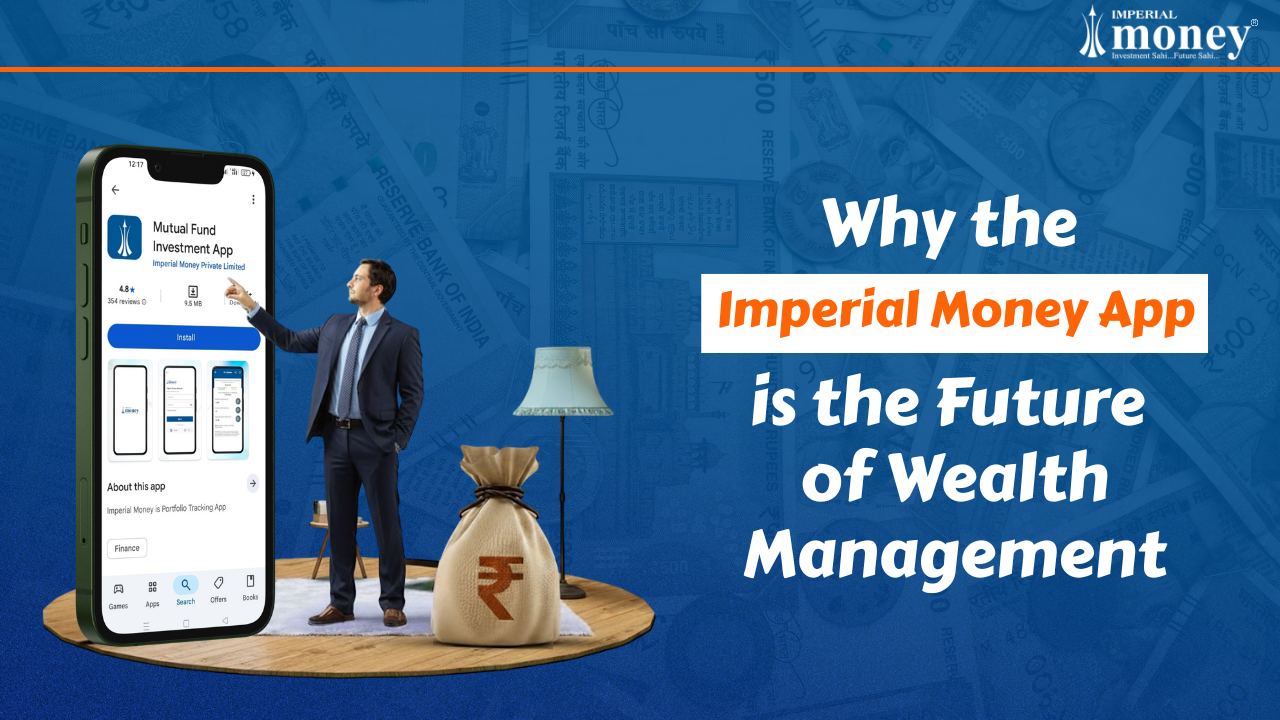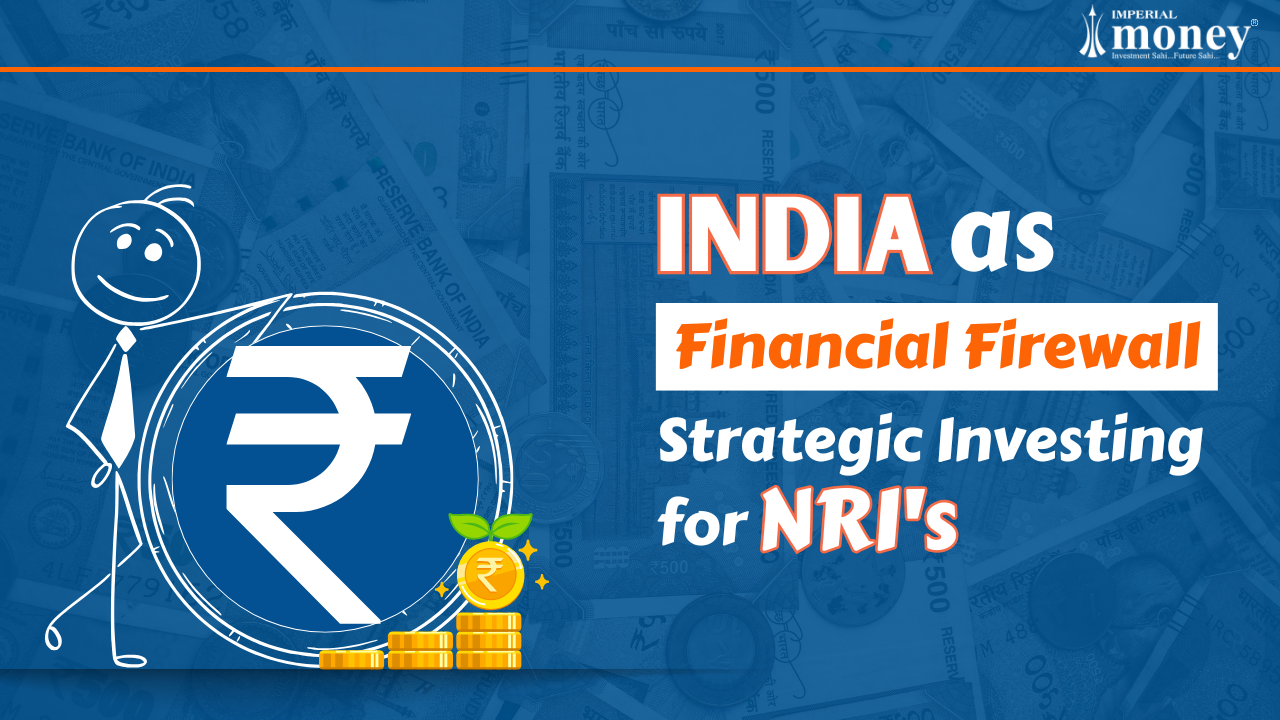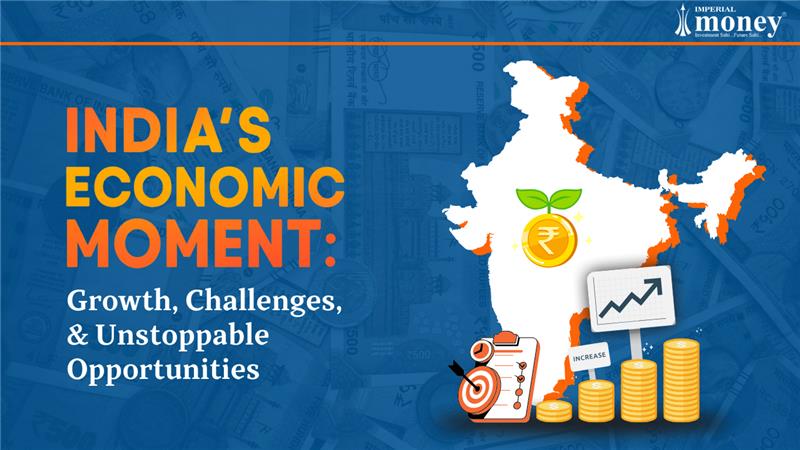When you have a loved one with special needs—whether a child, sibling, or aging parent—planning for their long-term care through your will is both a profound act of love and a critical legal responsibility. Standard inheritance methods can inadvertently disrupt access to essential government benefits or fail to address their unique requirements. This blog provides a clear, comprehensive guide to why special needs planning is vital, key considerations, effective tools, and actionable steps to ensure your dependent’s future is secure.
Why Special Needs Planning in a Will Is Essential
Individuals with special needs often rely on government programs like Supplemental Security Income (SSI), Medicaid, disability pensions, or subsidized housing. In the U.S., for example, SSI provides monthly payments to individuals with disabilities who have limited income and assets, with eligibility often capped at $2,000 in personal assets for an individual (2025 figures). Inheriting money or property directly through a standard will can push their assets above this threshold, disqualifying them from these critical benefits.
Beyond financial concerns, dependents with special needs may lack the capacity to manage funds, making them vulnerable to financial mismanagement or exploitation. Without careful planning, your well-intentioned inheritance could jeopardize their stability rather than enhance it.
Risks of Inadequate Planning
Overlooking a special needs dependent in your will can have serious consequences.
Loss of Benefits: A direct inheritance (e.g., cash, property, or investments) can exceed asset limits, causing the loss of means-tested benefits like SSI or Medicaid. For instance, Medicaid covers essential medical services, including therapies and long-term care, which can cost thousands annually if paid out-of-pocket.
Financial Mismanagement: Dependents unable to manage finances may deplete funds quickly or fall prey to exploitation.
Lack of Care Oversight: Without a designated guardian or caregiver, there’s uncertainty about who will make decisions regarding their medical care, housing, or daily needs.
Family Disputes: Unclear plans can lead to disagreements among relatives about how funds should be used or who should provide care.
Key Tools and Strategies for Effective Planning
To safeguard your loved one’s future, consider these proven strategies:
Special Needs Trust (SNT)
A Special Needs Trust (also called a Disability Trust in some regions) is a legal tool designed to hold assets for your dependent without affecting their eligibility for government benefits. The trust owns the assets, managed by a trustee, who uses the funds to enhance the dependent’s quality of life without replacing public benefits.
Advantages:
Helps maintain eligibility for means-tested programs such as SSI and Medicaid.
Allows funds to be used for non-covered expenses, such as education, therapies, adaptive equipment, travel, or entertainment.
Protects against mismanagement by appointing a trusted trustee (e.g., a family member, professional, or institution).
Types of SNTs:
First-Party SNT: Funded with the dependent’s own assets (e.g., from a settlement or inheritance).
Third-Party SNT: Funded by someone else (e.g., a parent’s estate), the most common option for estate planning.
Pooled SNT: Managed by a nonprofit organization, pooling funds for multiple beneficiaries while maintaining individual accounts.
Appointing a Guardian or Caregiver
If your dependent cannot make decisions independently, your will should designate a guardian (for minors) or a conservator (for adults) to oversee personal, medical, and lifestyle decisions. Choose someone who understands your loved one’s needs and is willing to take on this responsibility. Think about naming an alternate guardian in case your first choice is unable to serve.
Letter of Intent
A Letter of Intent is a non-binding but invaluable document that outlines your dependent’s needs, preferences, and routines. It can include:
Medical history and current treatments.
Daily schedules, dietary needs, and preferred activities.
Contact information for doctors, therapists, or support services.
Your vision for their future, such as housing or employment goals.
This document guides future caregivers and trustees, ensuring continuity of care.
Life Insurance to Fund the Trust
A life insurance policy can provide a reliable funding source for a Special Needs Trust. Upon your passing, the policy’s payout goes directly to the trust, ensuring funds are available without diverting other family assets. For example, a $500,000 term life policy could cover decades of supplemental care costs, depending on the dependent’s needs.
ABLE Accounts (U.S.-Specific)
Achieving a Better Life Experience (ABLE) accounts allow individuals with disabilities to save up to $18,000 annually (2025 limit) without affecting SSI or Medicaid eligibility. While not a substitute for an SNT, ABLE accounts can complement your plan for smaller, flexible savings.
Steps to Create a Comprehensive Plan
Evaluate Your Dependent’s Needs
Assess their current and future requirements:
Living Arrangements: Do they live independently, with family, or in a group home? Will this change?
Medical Needs: What therapies, medications, or equipment are required? For example, autism-related therapies can cost $20,000–$60,000 annually without insurance.
Daily Support: Do they need assistance with personal care, transportation, or employment support?
Future Goals: Consider education, vocational training, or social activities.
Consult an Estate Planning Attorney
Work with a lawyer specializing in special needs planning to ensure your will and trust comply with local laws. They can:
Draft a legally sound Special Needs Trust.
Ensure your will aligns with government benefit regulations.
Advise on tax implications or funding strategies.
In the U.S., legal fees for setting up an SNT typically range from $2,000 to $5,000, depending on complexity.
Establish and Fund the Special Needs Trust
Choose a Trustee: Select a reliable individual or institution (e.g., a bank or trust company) to manage the trust. Ensure they understand your dependent’s needs and the legal requirements of an SNT.
Fund the Trust: Options include life insurance proceeds, savings, investments, or real estate. For example, a trust funded with $250,000 at a 4% annual return could provide $10,000 annually for supplemental needs.
Specify Disbursements: Outline how funds should be used, such as for medical equipment or recreational activities.
Document Your Wishes
Create a thorough Letter of Intent to provide guidance for caregivers and trustees.
Regularly update your will, trust, and Letter of Intent as circumstances change (e.g., new diagnoses, changes in benefits, or family dynamics).
Store these documents securely and share copies with key family members or advisors.
Communicate with Family and Stakeholders
Discuss your plan with family members to prevent misunderstandings or disputes.
Inform the appointed guardian and trustee of their roles and your expectations.
Ensure siblings or other heirs understand how the plan prioritizes the special needs dependent without neglecting their interests.
Review Government Benefits Regularly
Laws and eligibility criteria for programs like SSI and Medicaid can change. For instance, in 2025, SSI’s monthly payment is approximately $943 for an individual. Stay informed about updates to ensure your plan remains effective.
Additional Considerations
Tax Implications: In the U.S., third-party SNTs are not subject to estate taxes if properly structured, but consult your attorney to confirm.
International Variations: If you’re outside the U.S., research local equivalents to SNTs. For example, in Canada, a Henson Trust serves a similar purpose, while the UK offers Disabled Person’s Trusts with tax advantages.
Backup Plans: Name successor trustees and guardians to account for unforeseen circumstances.
Advocacy Organizations: Groups like The Arc (U.S.) or local disability trusts can provide resources, pooled SNT options, or guidance.
Conclusion
Planning for a special needs dependent in your will is about more than distributing assets—it’s about ensuring their financial security, access to benefits, and quality of life long after you’re gone. By using tools like a Special Needs Trust, appointing trusted guardians, and documenting your wishes clearly, you can protect your loved one from financial risks and provide for their unique needs.
Don’t delay. Seek guidance from an estate planning attorney experienced in special needs to create a customized plan. With thoughtful preparation, you can create a legacy of care, dignity, and stability for your loved one.
Call to Action: Contact an attorney today to start building a secure future for your special needs dependent. For additional resources, contact us now!- 9595889988











